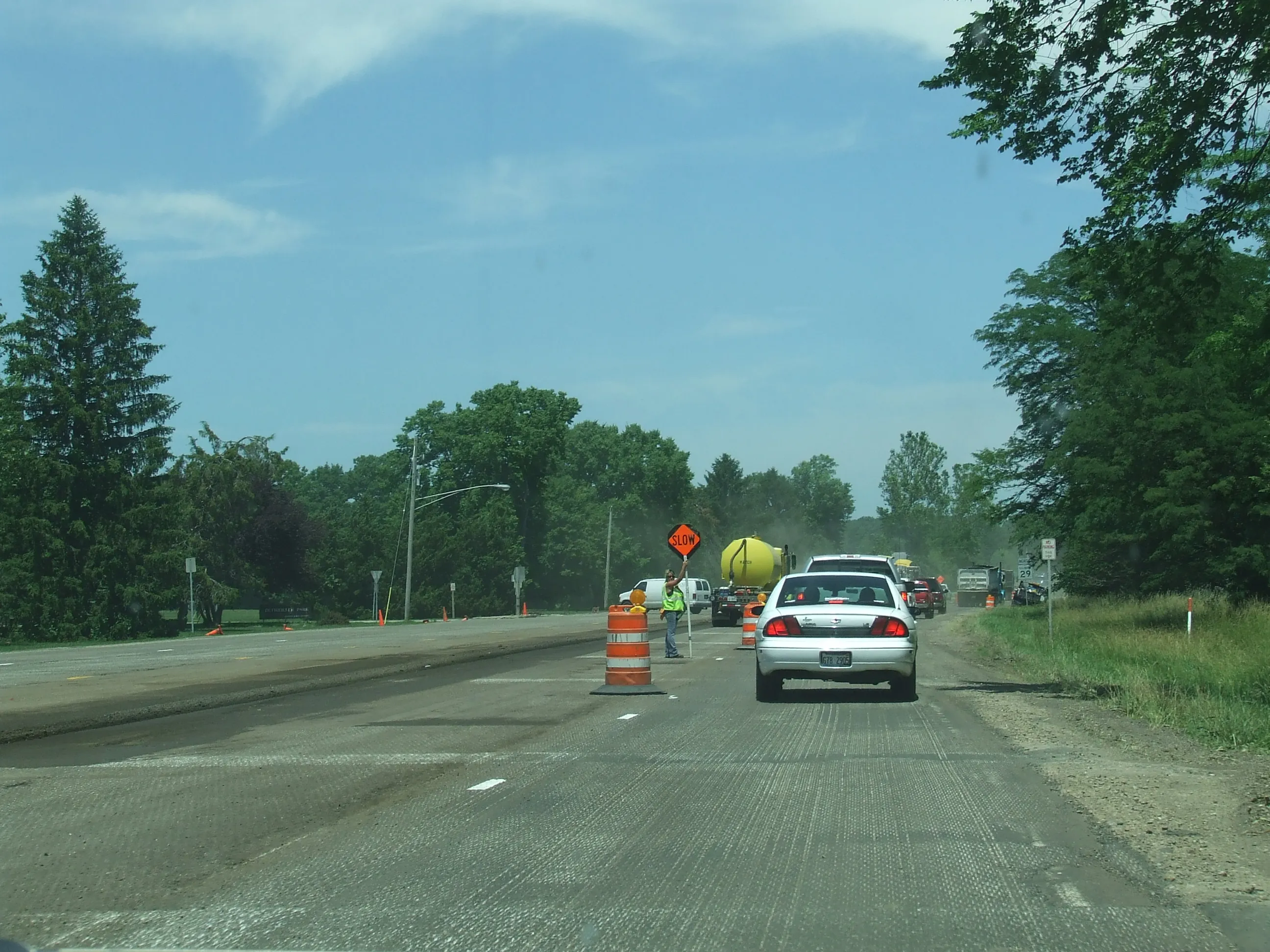Drivers in the US have set a new record for total distance travelled. New data released today by the U.S. Department of Transportation’s (USDOT) Federal Highway Administration (FHWA) show that US driving reached 5.0368 trillion km (3.148 trillion miles) by the end of 2015, beating the previous record of 4.8048 trillion km (3.003 trillion miles) in 2007.
February 23, 2016
Read time: 2 mins
Drivers in the US have set a new record for total distance travelled. New data released today by the U.S. Department of Transportation’s (USDOT) Federal Highway Administration (FHWA) show that US driving reached 5.0368 trillion km (3.148 trillion miles) by the end of 2015, beating the previous record of 4.8048 trillion km (3.003 trillion miles) in 2007.
The new data, published in FHWA’s latest “Traffic Volume Trends” report – a monthly estimate of U.S. road travel, show that more than 422.72 billion km (264.2 billion miles) were driven in December alone, highlighting the growing demands facing the nation’s roads and reaffirming the value of the recently enacted “Fixing America’s Surface Transportation” (FAST) Act, which is investing US$305 billion in America’s surface transportation infrastructure – including $226 billion for roads and bridges – over the next five years.
The December 2015 report also includes seasonally-adjusted data, which is conducted by USDOT’s Bureau of Transportation Statistics as a way to even out seasonal variation in travel.
The seasonally-adjusted vehicle distance traveled for December 2015 were 268.5 billion miles, a new monthly record for seasonally-adjusted VMT. December VMT increased by 4% compared to the previous December and by 1.4% compared with seasonally-adjusted November 2015 figures. The estimates include passenger vehicle, bus, and truck travel. The December seasonally-adjusted road travel reached a new high, showing that even when adjusting for holiday travel on both a year-to-year and month-to-month basis road travel has achieved a new record level.
In December, US drivers increased total distance among all five regions of the United States. Traffic in the West – a 13-state region including Alaska and Hawaii – led the nation. The Northeast – a nine-state area stretching from Pennsylvania to Maine – had the least.
At 11.3%, California led the nation with the largest unadjusted single-state traffic percent increase compared to the same month a year earlier, followed by Hawaii at 7.2% and Arkansas at 6.2%. At 4.6%, Washington, DC, had the largest unadjusted traffic single-month decrease.
The new figures confirm the trends identified in “Beyond Traffic,” a USDOT report issued last year, which projects a 43 percent increase in commercial truck shipments and population growth of 70 million by 2045. Our current infrastructure has ever increasing demands on it, and investments are needed in both the short and long term. Increased gridlock nationwide can be expected unless these investments are made.
The new data, published in FHWA’s latest “Traffic Volume Trends” report – a monthly estimate of U.S. road travel, show that more than 422.72 billion km (264.2 billion miles) were driven in December alone, highlighting the growing demands facing the nation’s roads and reaffirming the value of the recently enacted “Fixing America’s Surface Transportation” (FAST) Act, which is investing US$305 billion in America’s surface transportation infrastructure – including $226 billion for roads and bridges – over the next five years.
The December 2015 report also includes seasonally-adjusted data, which is conducted by USDOT’s Bureau of Transportation Statistics as a way to even out seasonal variation in travel.
The seasonally-adjusted vehicle distance traveled for December 2015 were 268.5 billion miles, a new monthly record for seasonally-adjusted VMT. December VMT increased by 4% compared to the previous December and by 1.4% compared with seasonally-adjusted November 2015 figures. The estimates include passenger vehicle, bus, and truck travel. The December seasonally-adjusted road travel reached a new high, showing that even when adjusting for holiday travel on both a year-to-year and month-to-month basis road travel has achieved a new record level.
In December, US drivers increased total distance among all five regions of the United States. Traffic in the West – a 13-state region including Alaska and Hawaii – led the nation. The Northeast – a nine-state area stretching from Pennsylvania to Maine – had the least.
At 11.3%, California led the nation with the largest unadjusted single-state traffic percent increase compared to the same month a year earlier, followed by Hawaii at 7.2% and Arkansas at 6.2%. At 4.6%, Washington, DC, had the largest unadjusted traffic single-month decrease.
The new figures confirm the trends identified in “Beyond Traffic,” a USDOT report issued last year, which projects a 43 percent increase in commercial truck shipments and population growth of 70 million by 2045. Our current infrastructure has ever increasing demands on it, and investments are needed in both the short and long term. Increased gridlock nationwide can be expected unless these investments are made.







